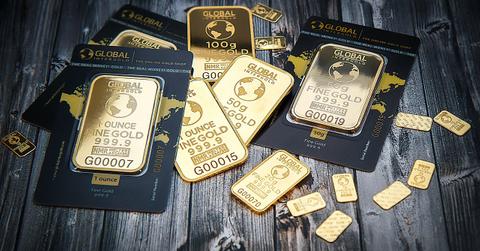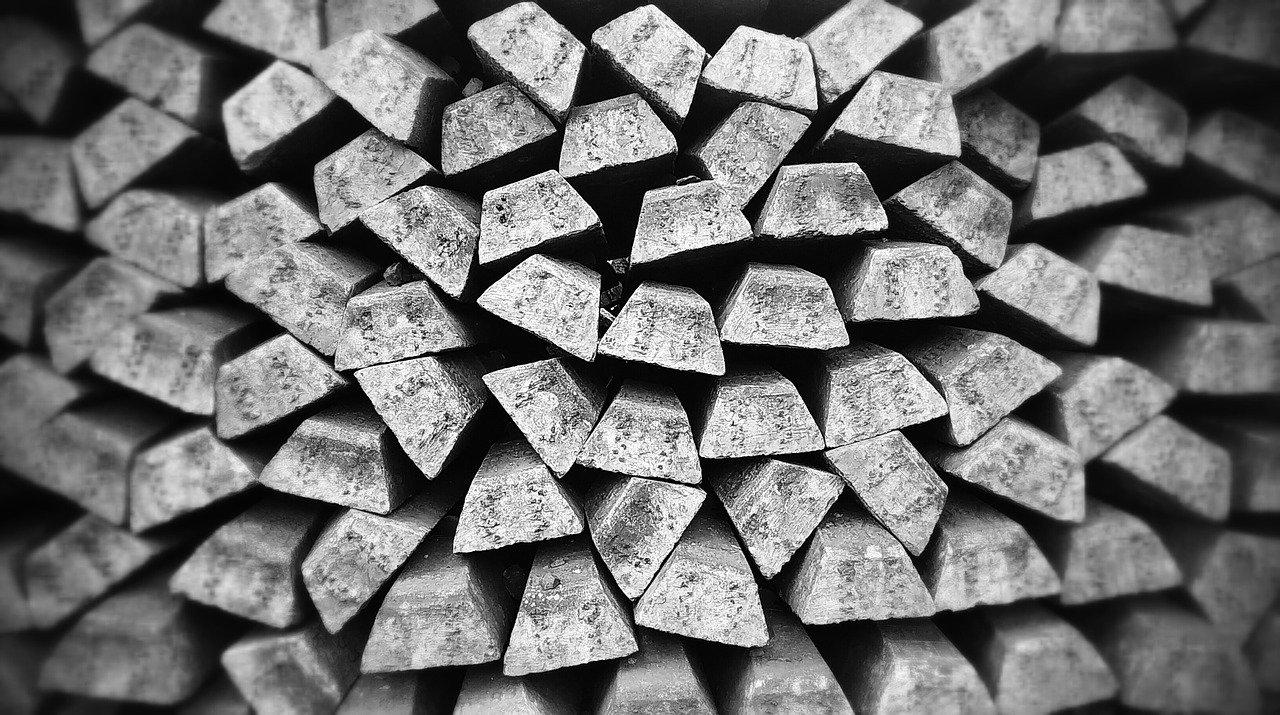How to Invest in Precious Metals and Strengthen Your Portfolio
The importance of precious metals in an investor's portfolio can't be denied. They offer portfolio diversification benefits.
March 5 2021, Updated 2:43 p.m. ET

Precious metals like gold, silver, platinum, and palladium are known for their portfolio diversification benefits. Usually, precious metals like gold and silver aren't correlated to equities, bonds, or other mainstream investments. Therefore, they offer unique advantages when it comes to portfolio construction.
Precious metals are one of the key segments among various asset classes. Like different segments, precious metals hold a significant place in investors’ portfolios. In the end, most of the different asset classes compete based on their return and risk profile. It's important to see if precious metals meet all the aspects of being a good investment.
Are precious metals a good investment?
Gold is considered a safe-haven asset, which gets investors' attention when uncertainty, fear, or geopolitical tensions increase. Last year was a perfect example. Gold touched an all-time high due to uncertainty related to the COVID-19 pandemic and due to the easy money policy followed by the Fed and other central banks.

Legendary investor Warren Buffett doesn’t like gold. He thinks that over the long term, equities tend to beat the returns from other asset classes like gold. While that might be true for the very long term, not many investors can or are willing to hold equities for a term comparable to that of Buffett’s. Therefore, it's advisable for investors to hold part of their portfolio in precious metals, especially gold.
Another legendary investor, Ray Dalio, who is the CIO of Bridgewater Associates, recommends that investors hold 5 percent–10 percent of their portfolios in gold. In a LinkedIn post, he wrote, “If you don’t have 5-10% of your assets in gold as a hedge, we’d suggest that you relook at this. Don’t let traditional biases, rather than an excellent analysis, stand in the way of you doing this.”
It's important to hold precious metals in a portfolio for a number of reasons. First, they act as an inflation hedge. The Fed is following a very loose policy, which is leading to an increase in the money supply and boosting inflation. Gold and other precious metals’ supply is fixed overall, which makes them a good investment in an inflationary scenario.
The low-interest-rate environment is good for precious metals, especially gold and silver. Their prices are usually inversely related to the interest rates. In a low-interest-rate environment, gold has outperformed equities, bonds, and a broad commodities index.
Another very important characteristic of precious metals as an investment is that they behave differently than equities. The correlation between gold and the S&P 500 and gold and bonds is very low. This means that gold adds massive diversification benefits to a portfolio. Precious metals are also used to hedge macroeconomic events, like inflation, deflation, and currency devaluation, potentially enabling investors to preserve their wealth.
Choosing precious metals
The major precious metals are gold, silver, platinum, and palladium. For safe-haven and hedge purposes, gold and silver are popular choices. While gold is seen as a form of pseudo currency and is mainly used for jewelry, silver has some industrial applications as well. For this reason, silver’s prices are usually more volatile than gold’s. However, their prices are correlated to an extent and move together.
Platinum and palladium have far more industrial uses. While platinum’s greatest demand comes from automotive catalysts, palladium is used in many types of manufacturing processes.
Which precious metal to buy will depend on your investment objective and risk tolerance. For example, platinum and palladium are more volatile than gold or silver. The best place to start is to buy gold and silver. These two metals act as a hedge against global political and economic changes.
How to invest in precious metals
There are several ways to invest in precious metals. One of the most common and straightforward ways is to buy the physical metal through coins and bars. However, it's risky to hold bullion in a deposit box or safe. Other options include buying ETFs. Physical metal-based ETFs provide exposure to spot prices of precious metals. The SPDR Gold Funds (GLD) and the iShares Silver Trust (SLV) are the biggest physically-backed gold and silver ETFs, respectively. While these ETFs are backed by physical metal, you don’t have a claim on the metal in the fund.
Investing in mining stocks is another option to get exposure to metal price movements. They provide a leveraged bet on price movements in precious metals. However, these stocks have greater volatility. Precious metal mining ETFs are another way to get exposure to precious metal prices. They are understandably riskier compared to physically metal-backed funds. The VanEck Vectors Gold Miners ETF (GDX) and the Global X Silver Miners ETF (SIL) are popular gold and silver-mining ETFs, respectively.
The futures and options market also offers liquidity and leverage to investors who want to make big bets on metals. Certificates give investors the claim to physical gold ownership without the hassle of transportation and storage.
